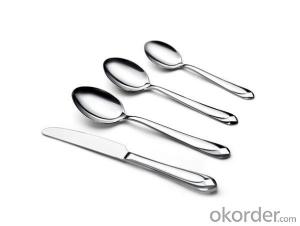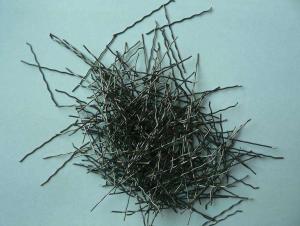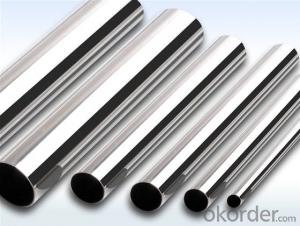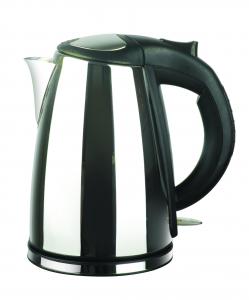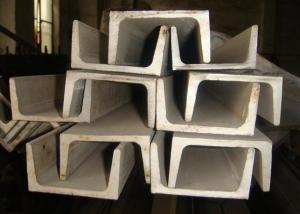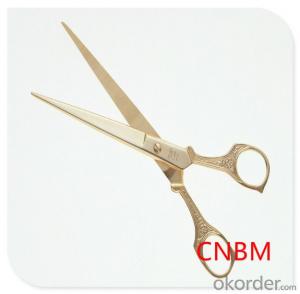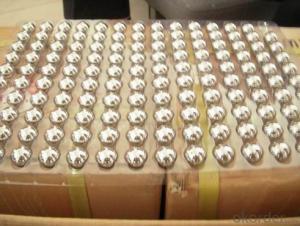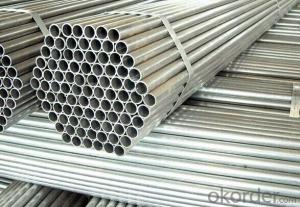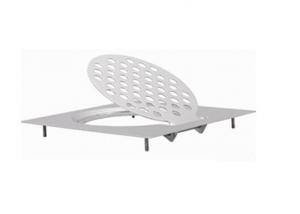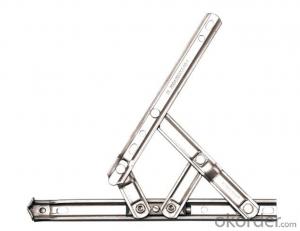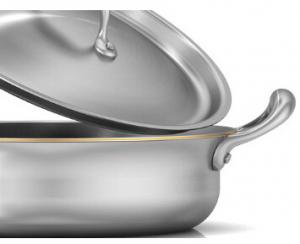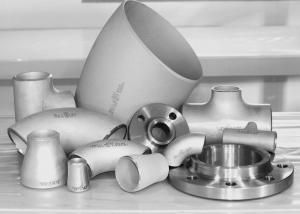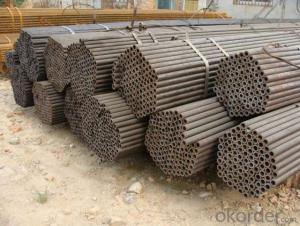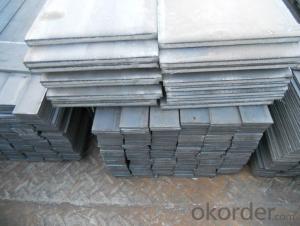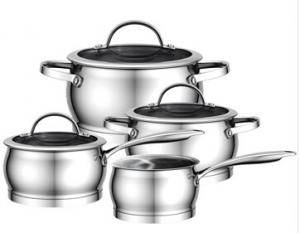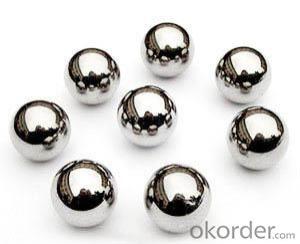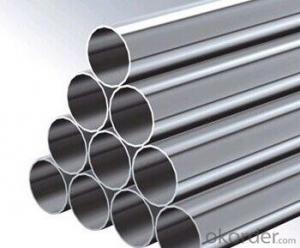Best Stainless Steel
Best Stainless Steel Related Searches
Best Stainless Steel For Knives Best Stainless Steel Grades Buy Stainless Steel Best Stainless Steel Trash Can Best Paint For Stainless Steel Best Cast Iron Type Of Stainless Steel Stainless Steel Manufacturers Stainless Steel Abbreviation Stainless Steel Quality Stainless Steel Jewellery Stainless Steel Cocktail Picks Stainless Steel Jewelery Stainless Steel Top Stainless Steel Manufacturer Cheap Stainless Steel Stainless Steel Suppliers Food Grade Stainless Steel Best Way To Cut Stainless Steel Stainless Steel For Sale Stainless Steel Supplier Types Of Stainless Steel Stainless Steel Jewelries Stainless Steel Prices Stainless Steel Dining Chairs Stainless Steel Storage Stainless Steel Hardware Cast Iron Best Stainless Steel Grade Chart Stainless Steel JewleryBest Stainless Steel Supplier & Manufacturer from China
Best Stainless Steel offers a wide range of high-quality stainless steel products, including sheets, pipes, and bars, which are designed to meet various industrial and commercial needs. These products are known for their durability, corrosion resistance, and aesthetic appeal, making them ideal for applications in construction, automotive, aerospace, and food processing industries. They are also commonly used in the manufacturing of kitchen appliances, medical equipment, and architectural structures due to their strength and ability to withstand harsh conditions.The versatile usage scenarios of Best Stainless Steel products make them a popular choice among professionals and DIY enthusiasts alike. They can be easily fabricated, welded, and machined to suit specific project requirements, ensuring that the end result is both functional and visually appealing. Whether it's for structural support, decorative purposes, or everyday household use, Best Stainless Steel products provide a reliable and long-lasting solution.
Okorder.com is a leading wholesale supplier of Best Stainless Steel products, boasting a large inventory that caters to the diverse needs of customers worldwide. With a commitment to quality and customer satisfaction, Okorder.com ensures that the products they offer are of the highest standard, meeting international quality certifications. Their extensive range of stainless steel products is available at competitive prices, making them an ideal choice for businesses and individuals looking to purchase Best Stainless Steel products in bulk.
Hot Products

